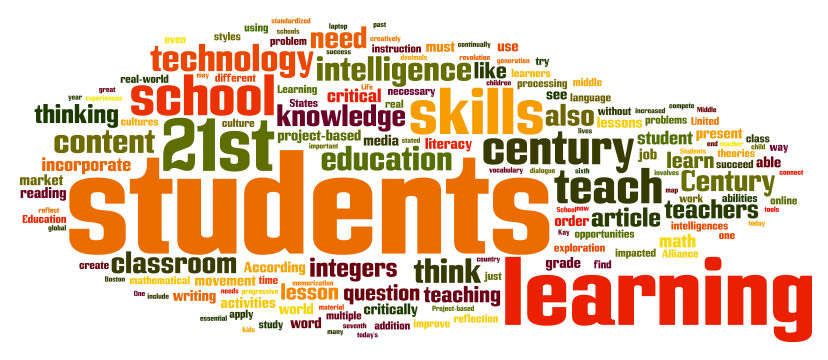Although many Americans are aware of some dysfunctional issues affecting the United States educational system because of occasional media reports, few realize that the situation is far direr than what they learn about on the nightly news, a newspaper editorial, or an online article. The reason it doesn’t raise public concern is that it’s a quiet crisis. Its effects are not immediate. They will show up in the future.
According to an article in Barron’s on America’s education crisis, Americans are not getting the education they need to manage the revolutionary technological changes unfolding in the 21st-Century economy. The publication refers to this crisis as a “completion crisis.”
Here’s the crisis in a nutshell: since 2011, enrollment in U.S. colleges has dropped by an astonishing 2.3 million. Worse, though, those who stay in school struggle to complete their degrees.
While there are many cultural, socioeconomic, and systemic reasons for this decline in students wanting to pursue higher education, the primary reason for the high dropout rate is subjective. School is boring. Studying isn’t much fun. And any rewards from an excellent education are abstract.
One elegant solution to stimulating greater interest in the classroom is to introduce more technology.
Reintroducing the Joy of Learning
One way to introduce technology in a classroom is to replace the rigid Prussian educational system — adopted all over the world in the 1760s—with an adaptive learning model.
Nations around the world adopted the Prussian model because it was ruthlessly effective in corralling restless children. Although forcing children to learn didn’t enhance their learning experience–and in most instances, derailed it–the system made it easier for one person to teach a large number of children at the same time. This educational model was popular because it standardized how to manage children and measure their academic aptitude.
Adaptive learning, in comparison, makes learning enjoyable. Interest, of course, increases a student’s ability to comprehend, remember, and apply information. Essentially, an AI program changes the method used to teach a student after analyzing how the student performs in real-time.
If you are a teacher with some flexibility in how you teach your class, you’ll notice a huge improvement in student’s grades if you try a cloud-based e-learning system like TRUNITY, an e-learning platform by an edutech company bankrolled by The Chernin Group. Adopting e-learning will change how you teach. Your students will spend less time in class listening to you go over the information and more time working with the data. Instead of students spending all their classroom time listening passively, they’ll be engaged in active learning.
How Tech Empowers Students
Tech systems enhance the way humans learn. While reading books and papers only suits visual learners, listening to lectures works for audio learners, and hands-on learning benefits kinesthetic learners, many digital tools can deliver information that simultaneously helps visual, auditory, and kinesthetic learners.
Nobody has an exclusive style of learning. While we all have a favorite modality for absorbing information, we still benefit from other forms of learning. So, for example, a visual learner will still derive some benefits from audio inputs.
Tech tools also liberate the student from getting all their information from the classroom. Since the information lives on the cloud, students can access it from anywhere, access it at any time, and access it from any device. Take a math class, for instance. Students can learn and practice math concepts outside the classroom and devote class time with the teacher working on equations that confuse them.
The Secret of Success in Learning
All the best learners share a common secret–they are all active learners. While they may impress everyone with their mastery of information, the reason they excel in academics is that they have “worked” with the information rather than simply listened to it or read about it. This “knack for learning” is built into tutorial software programs. They don’t simply parrot back information or serve up screens with graphics and text. They also deliver interactive learning modules to enhance comprehension, symbol manipulation, and recall.

